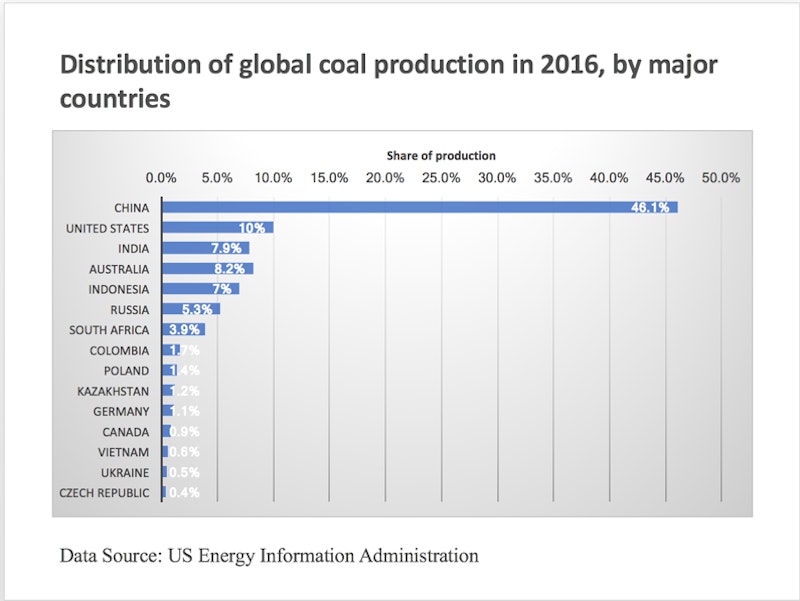Study Notes
Energy - the Coal Trade
- Level:
- AS, A-Level, IB
- Board:
- AQA, Edexcel, OCR, IB, Eduqas, WJEC
Last updated 2 Aug 2017
Key points on global demand for and supply of coal include:
- Of the three fossil fuels, coal is the most evenly distributed across the world and was also the first fossil fuel to be extensively extracted for energy, fuelling the industrial revolution which started in the UK in the mid-18th century.
- As a result of its longer history of production, coal has declined in production in recent decades. This decline can be attributed to the easiest-worked reserves having been exploited, leaving more expensive reserves. It is also due to the higher levels of pollution generated from burning coal when compared to gas (the most popular competitor used in electricity generation), particularly in recent decades.
- The dominant use of coal now is in secondary energy production: electricity generation in coal-fired thermal power stations. But industrial use of coal for heating in essential processes, such as steel and cement-manufacture, is also significant.
- Despite the decline in HICs, global production of coal has increased, not least due to India and China’s demand for coal to fuel their own industrialisation, which they have put before the environmental concerns associated with coal.
- With the development of bulk ocean carriers, coal is now traded globally from low-cost sources (often open-cast surface mines of Australia and Indonesia) to countries with significant demand, the market for which may be increasing (China) or declining (UK), but continuing and choosing to import cheaper coal from abroad.


You might also like
What is a Resource?
Study Notes
Energy - Nuclear
Study Notes
Energy Trade
Study Notes
Cumbrian coal mine plans put on hold.
18th March 2021
